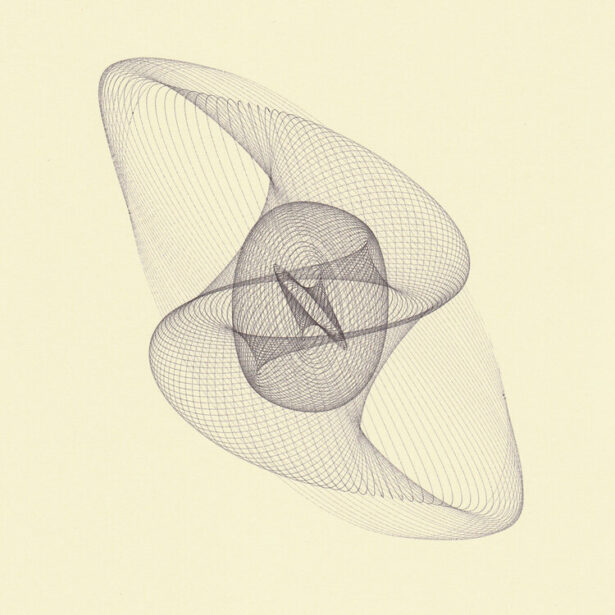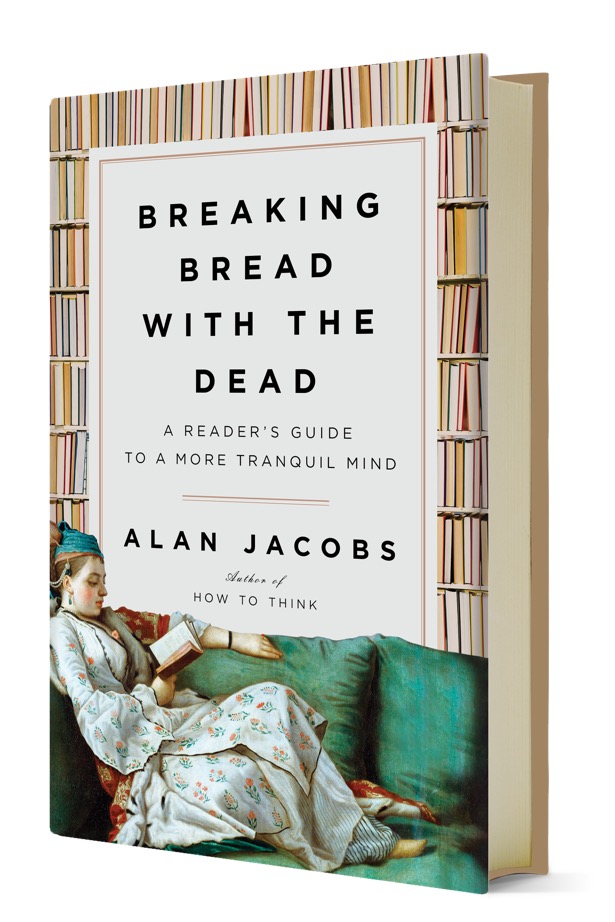Vantablack Fish and Lissajous Figures

I’m very pleased to announce that I’m about to start work on a critical edition of Auden’s book The Shield of Achilles. (About my immediately forthcoming book, see the image at the bottom of this post.)
I have several other recent posts on the blog, but they’re all about Current Events, which this newsletter deigns not to acknowledge. You can find them if you want. Now, let us speak no more of such things.

A harmonograph is a curious device, invented in the nineteenth century: “A simple, so-called ‘lateral’ harmonograph uses two pendulums to control the movement of a pen relative to a drawing surface. One pendulum moves the pen back and forth along one axis, and the other pendulum moves the drawing surface back and forth along a perpendicular axis. By varying the frequency and phase of the pendulums relative to one another, different patterns are created. Even a simple harmonograph as described can create ellipses, spirals, figure eights and other Lissajous figures.”

Ziggy Campbell has built a harmonograph and hooked it up to a modular synthesizer, thus making what we might call Lissajous music. The result is both visually and aurally hypnotic.

By way of contrast, here are some campfires on the sun:

My friends at the Hedgehog Review have made their new issue on the quantified self available in full online.
From a review in the TLS of the documentary film The Booksellers:
The internet has also killed the art of collecting. Nothing is hard to find any more. David Bergman – a specialist in natural history, palaeontology and decorative arts – also does a nice line in Borough of Queens straight-talking. “Say you’re collecting Edith Wharton. If you give me your credit card and 45 minutes I will build you an almost complete collection of Edith Wharton first editions. Done! Why bother? What’s the point?” Bergman has many of the film’s best lines. On collecting: “It’s about the hunt. It’s not about the object. You look for twenty years, then you find it, you have your orgasm, then you put it on the shelf and never look at it again. The internet has killed the hunt.”
I sort of envy Dominic Hilton:
There’s a special freedom that comes with calculated detachment — even when the country you’re living in isn’t especially free. My doctors in Buenos Aires tell me my blood pressure is remarkably low, and I notice my pulse never throbs when I pass newsstands and inadvertently scan the headlines. Serenity like that doesn’t come cheap, and it has nothing to do with Argentina itself, whose perpetual trials and tribulations would torment even the soundest of minds. A plunging currency. Daily corruption scandals. Hordes of shirtless football hooligans rampaging up the street towards my townhouse. I shrug it all off, dismissing it as not my problem and none of my business. I don’t own a TV. I barely follow the news. Talking to locals, I revel in how frighteningly ill-informed I am. “A man fired a bazooka at Congress?” I say, striking a match and keeping the tip of my cigar above the level of the flame. “I hadn’t heard.”
Chicago used to have many public bath houses. Almost all of them have been demolished now, but a few have been turned into private homes.

My son used to live right next to Kosciuszko Park in Chicago, near Logan Square. Andrzej Tadeusz Bonawentura Kościuszko is often said to be the most popular Pole in history. An extraordinary number of places and things in this country are named after him — not to mention Kosciuszko National Park in the Australian Alps, which includes the Australian mainland’s highest mountain, Mount ... Kosciuszko.
